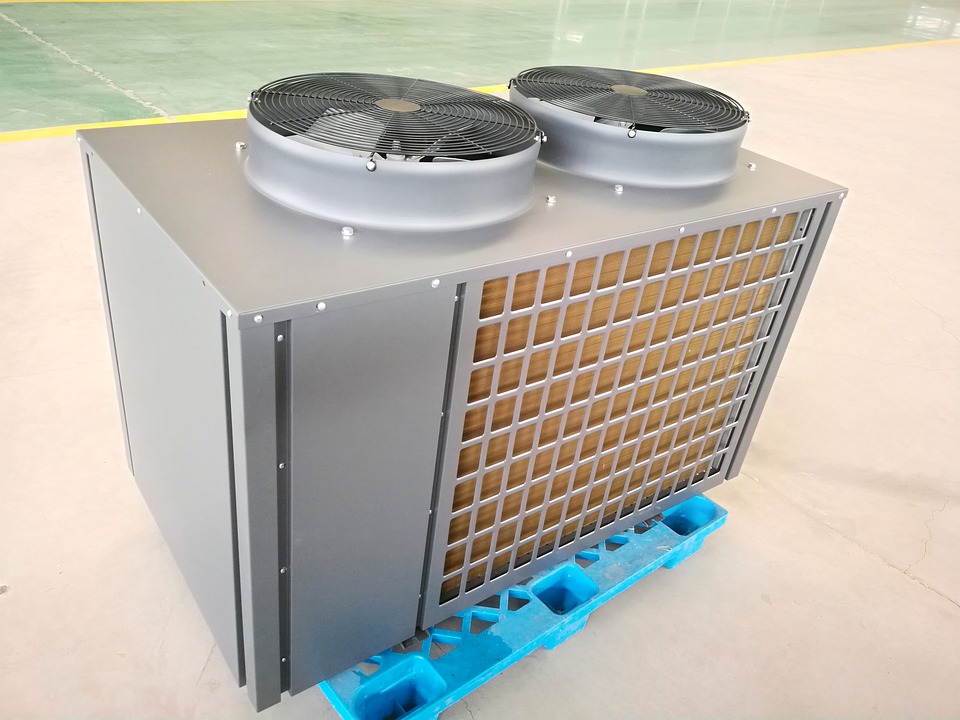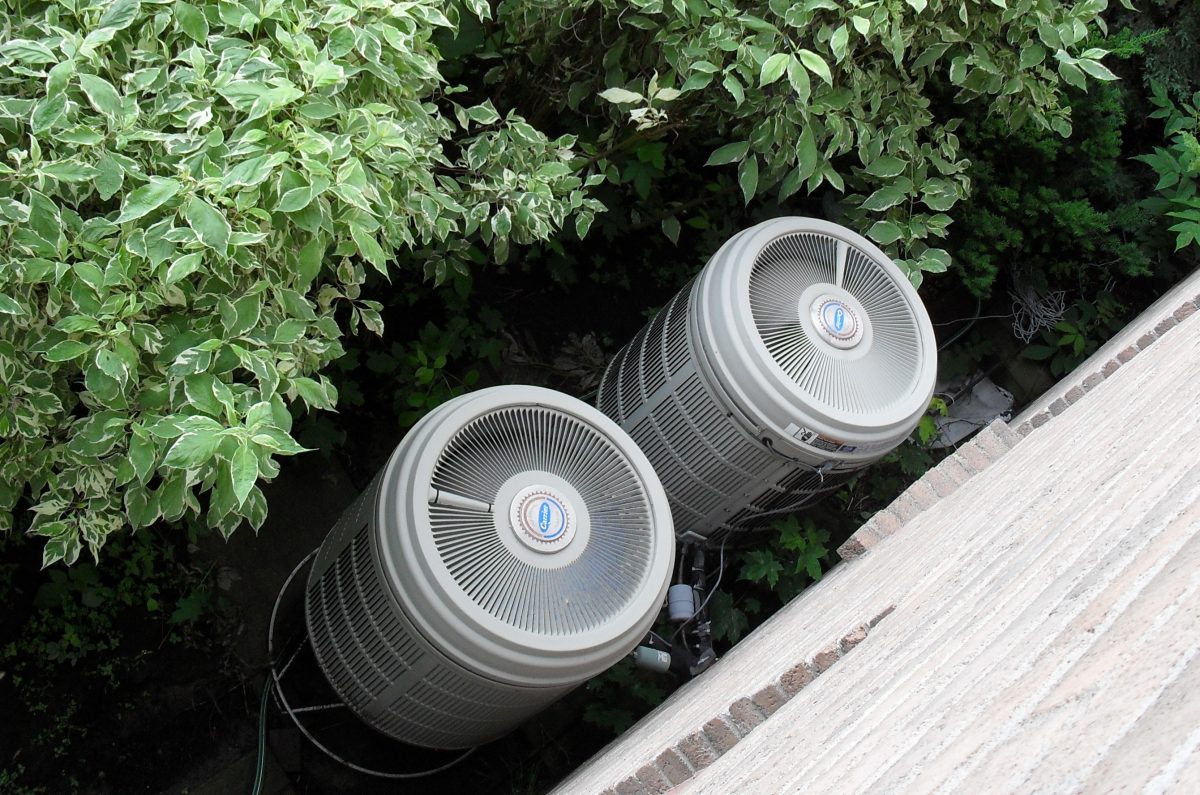What Is the Heating Flow Temperature of a Heat Pump (Part 1)
Let us begin with what is a split air-to-water heat pump?
The “air-to-water” heat pump is the cheapest heat pump to install and is permitted almost everywhere if the neighborhood is taken into account by avoiding noise pollution. It works with electricity and draws air from outside – even cold air – and manages to extract heat from it, which it transfers to the heating water circuit (which feeds radiators or underfloor heating). During this work of “pumping” renewable energy into the environment, the air-to-water heat pump releases colder air to the outside. By using this free heat from the environment, a building equipped with an air/water heat pump can heat itself and produce its hot water using up to 4 times less electricity than if it were equipped with direct electric heating. This annual coefficient of performance depends on the building’s insulation quality and geographical location (local climate).
There are models of air-to-water heat pumps installed inside the building, others that are installed outside, and others in two parts: the compressor to be placed inside the building, and the evaporator to be placed outside. Given the progress made by manufacturers, an air-to-water heat pump can nowadays find its place even in a building located at an altitude of 1000 meters. Higher up, it is advisable to have another heat source for the coldest days, such as a wood-burning stove.
The smaller the difference between the temperature of the outside air and the temperature of the water at the start of the heating circuit, the more energy-efficient the heat pump will be – in other words, the less electricity it will consume to heat the building.
To install an air-to-water heat pump in a poorly insulated building, the heating flow temperature mustn’t exceed 60°C. The lower the flow temperature, the more efficient the heat pump will be.
If you are looking for a professional in heating supplies of the highest quality, you can get in touch with NORTH YORK HEATING PLUMBING & ELECTRICAL SUPPLIES LTD.
What exactly is the heating flow temperature?

The flow temperature is the maximum temperature that the heating water can have at the boiler (or heat pump) before it reaches the radiators or underfloor heating. This temperature should be sufficient to heat the building on the coldest days. The flow temperature is usually set to ensure heating at -8°C. This setting includes a safety margin for the few days that could be even colder.
A new building or one that has been renovated according to current standards requires a flow temperature of only 35°C if it is underfloor-heated, and 50°C if it is equipped with radiators. This difference is logical because the floor area that diffuses heat is much larger than the surface area of all the radiators. The air/water heat pump will perform better with underfloor heating, as it has to raise the temperature of the water in the heating circuit to a lower level (it will consume less electricity).
In an old building, poorly insulated, heated by an old oil-fired boiler, and equipped with radiators, the flow temperature is often around 60-70°C. The heating water returns to the boiler with a temperature of around 50°C. This is too much for the proper functioning of an “air-to-water” heat pump. But this does not mean that this heating solution should be forgotten. The flow temperature can very often be lowered to around 55°C (return to 35°C) by better settings and by some targeted work, which is less expensive and less time-consuming to undertake than a complete renovation of the building. Every degree less of flow temperature reduces the electricity consumption of the heat pump by about 2%.
The flow temperature is indicated in the oil boiler settings (see operating instructions). If a thermometer is attached to the large pipe coming out of the boiler, it can be consulted on a very cold day, when the heating water is sent to the circuit (to be done during the day, as at night the heating is reduced). There is normally another thermometer on the return pipe, which indicates a lower temperature (the data of these thermometers are approximate; only measurements made by a professional instrument can be considered reliable).
Finally, on very cold days, you can also get an idea of the heating temperature by placing your hand on a radiator near the boiler room. The hand should be placed on the top of the radiator on the side of the control valve (hot water inlet). If the radiator’s temperature is around 45°C, the metal will appear warm, but you can leave your hand on it without any problem. However, at 50-55°C, it looks very hot, and you do not want to leave your hand there for more than a few seconds. Above 60°C, the radiator is too hot to touch.
Stay posted for our new publication in part 2.

